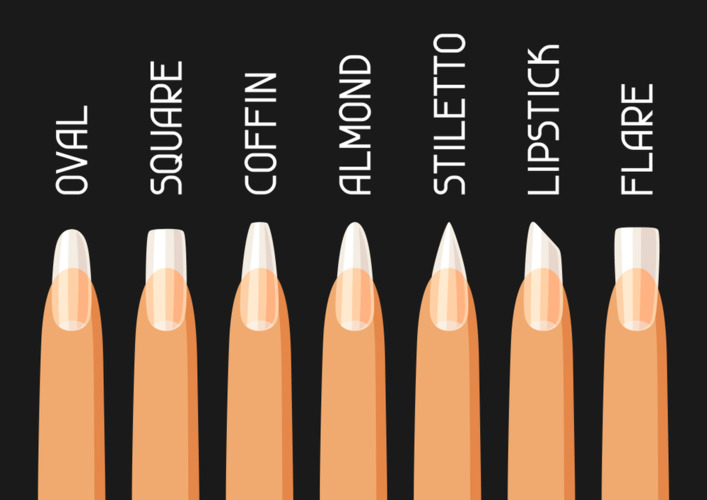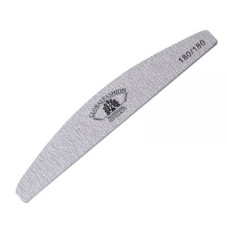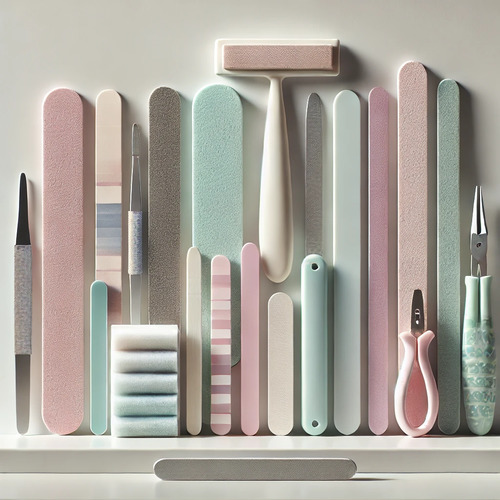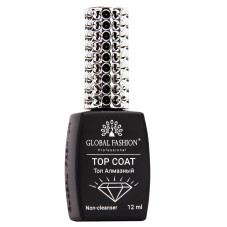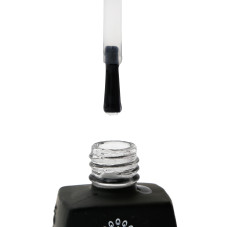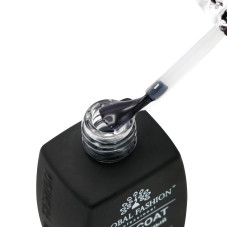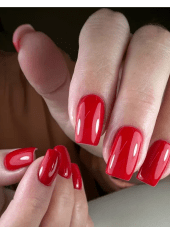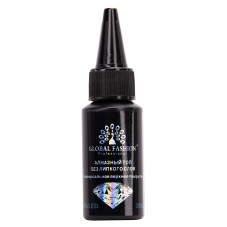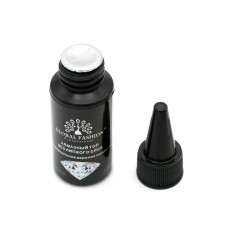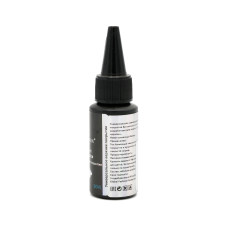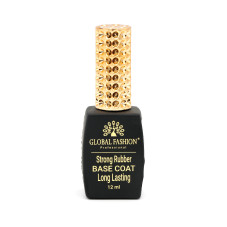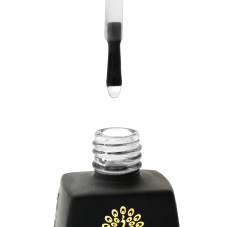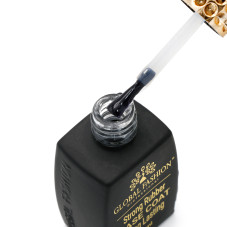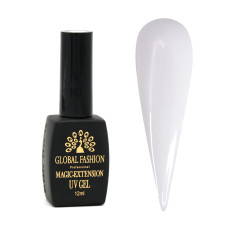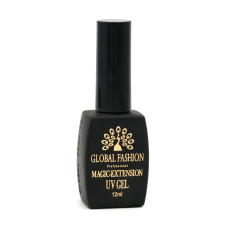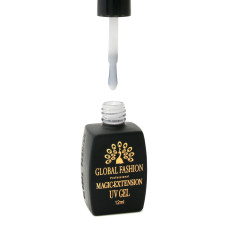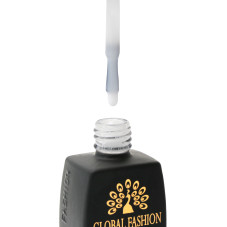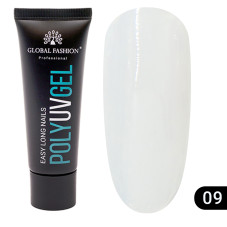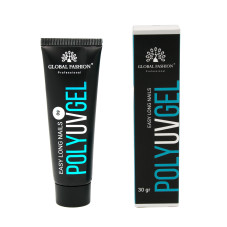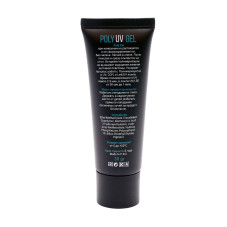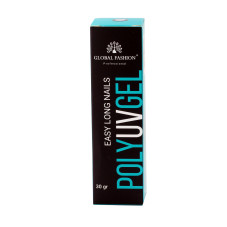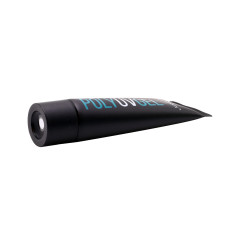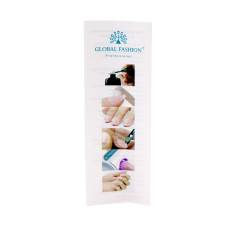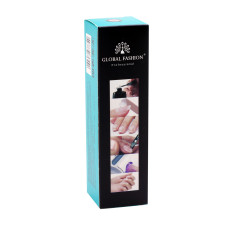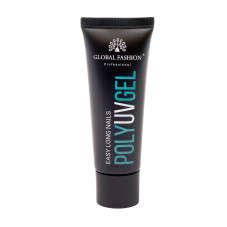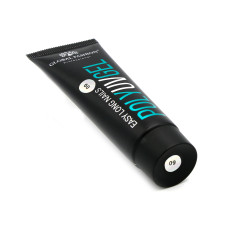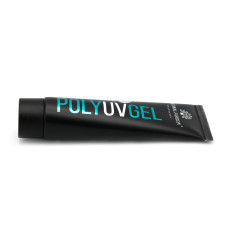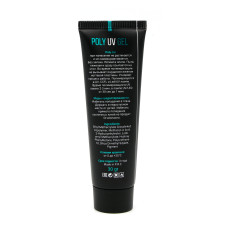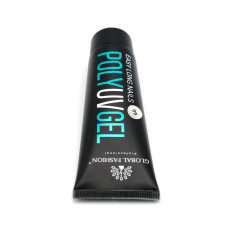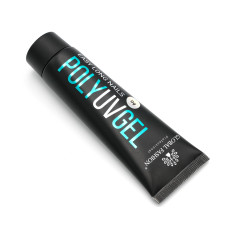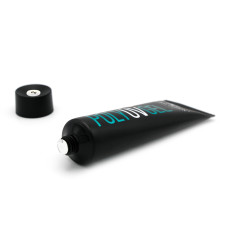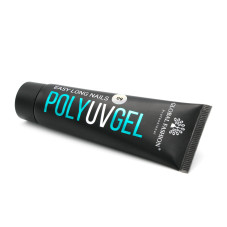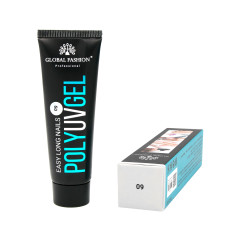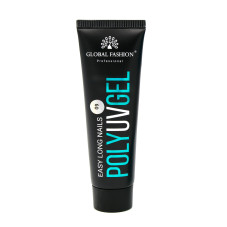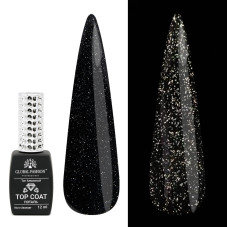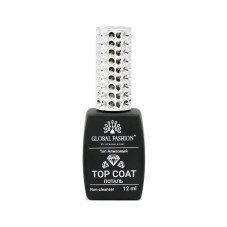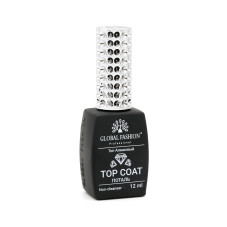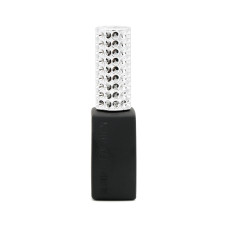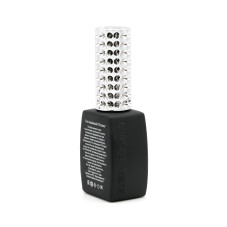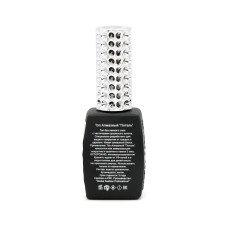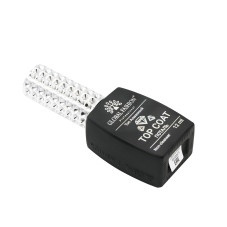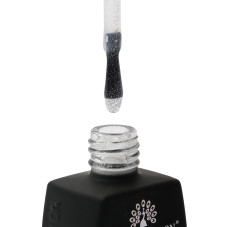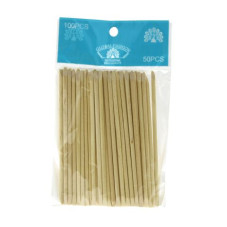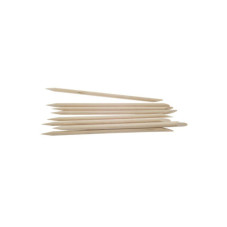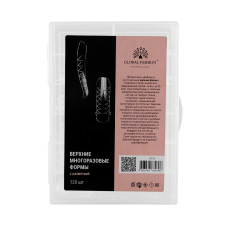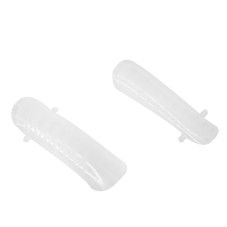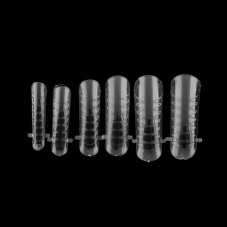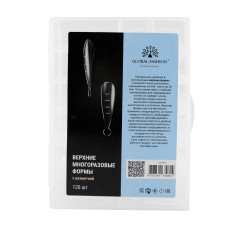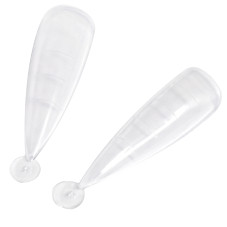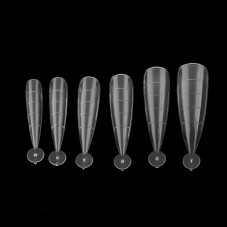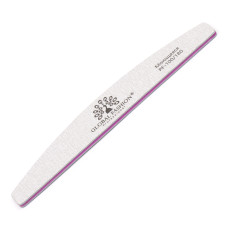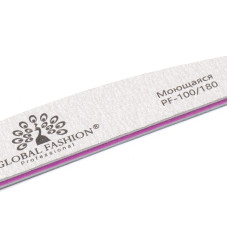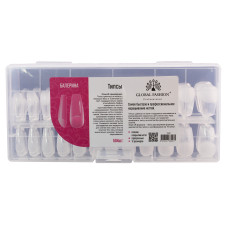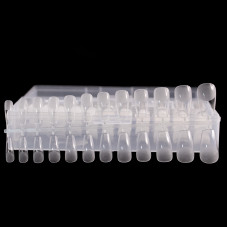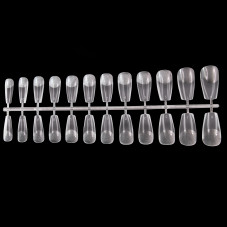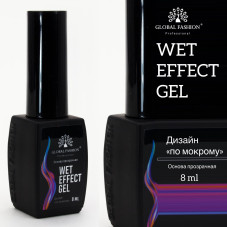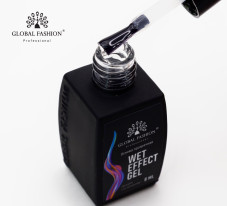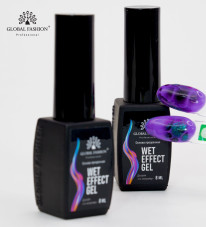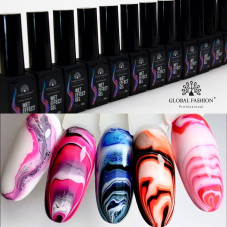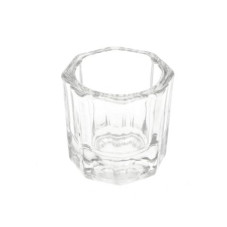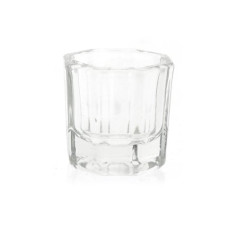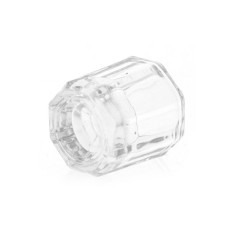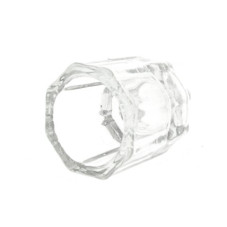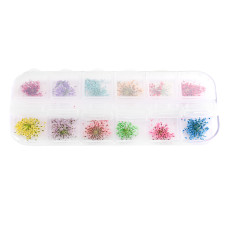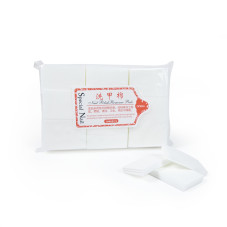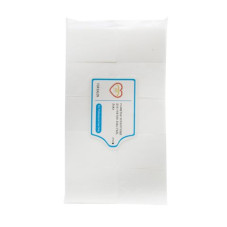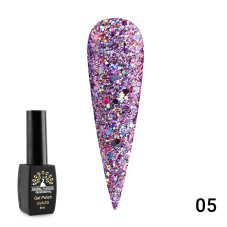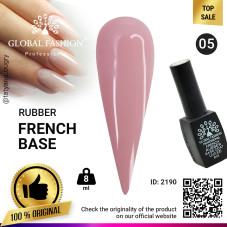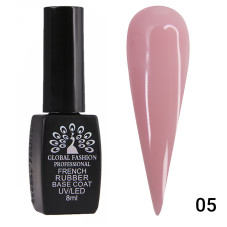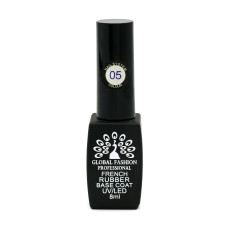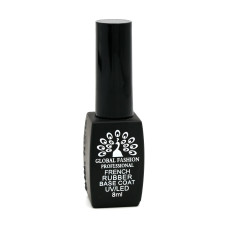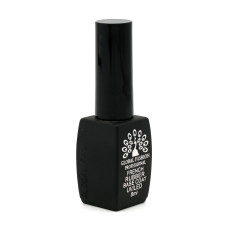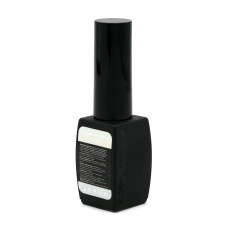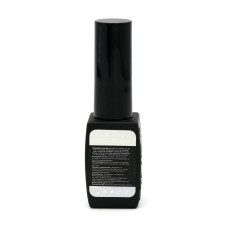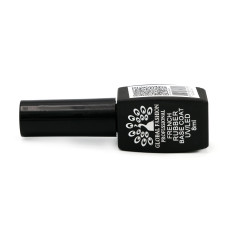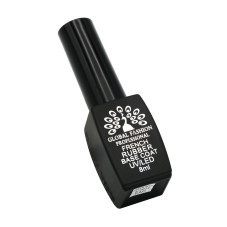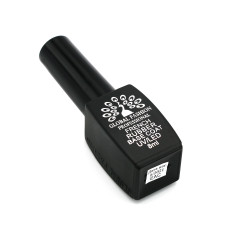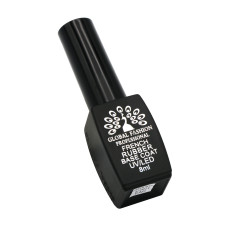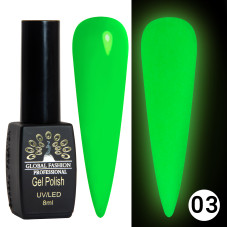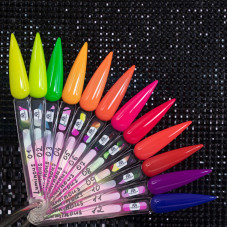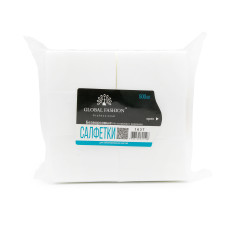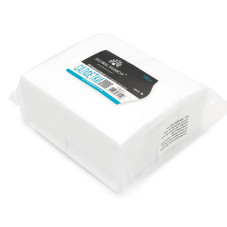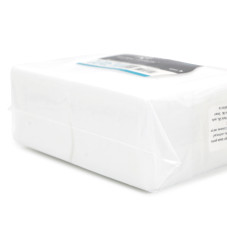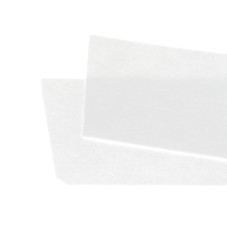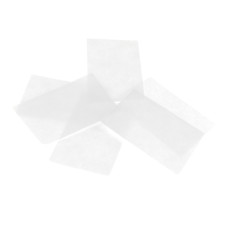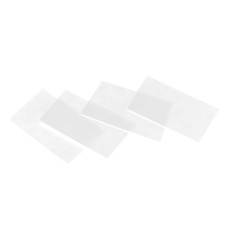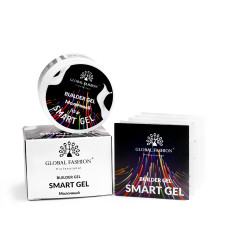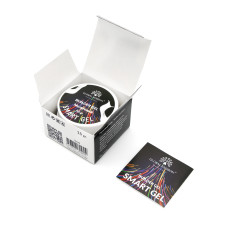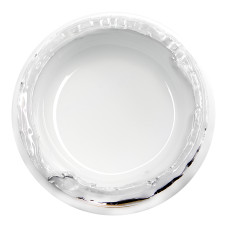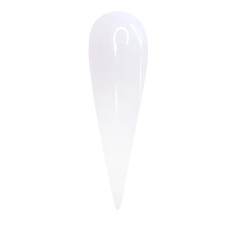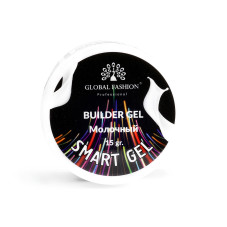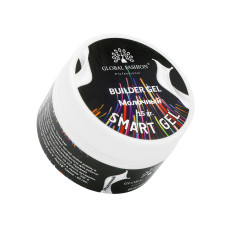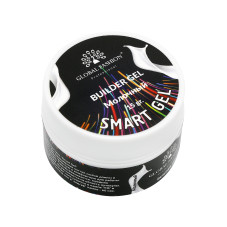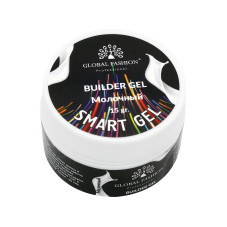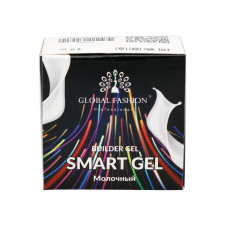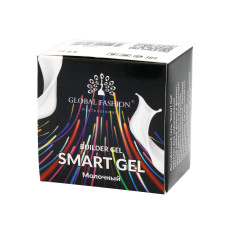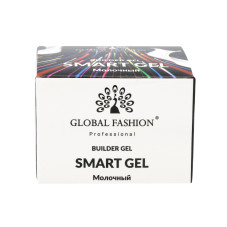Top 5 Nail Filing Mistakes: Effective Rules and Recommendations

Nail architecture and proper filing are a real art that requires skill and attention. These processes not only determine the appearance of the manicure, but also directly affect the health of the nails. Since each person's nail growth is individual, a qualified specialist must be able to select the optimal shape that matches the client's characteristics. If the client has specific preferences, the specialist must know how to correctly implement them, while maintaining the naturalness and harmony of the nail plate.
Although filing nails may seem like a simple procedure, many manicure mistakes occur at this stage. Based on the experience of novice masters, we have collected in this article 5 of the most common mistakes encountered when filing nails. We will analyze each of them in detail and offer effective recommendations for improving your technique so that you can provide your clients with the perfect result.
Although filing nails may seem like a simple procedure, many manicure mistakes occur at this stage. Based on the experience of novice masters, we have collected in this article 5 of the most common mistakes encountered when filing nails. We will analyze each of them in detail and offer effective recommendations for improving your technique so that you can provide your clients with the perfect result.
What nail shapes are there?
The most popular nail shapes are round, square, square with rounded corners, ballerina, almond and oval. Regardless of the chosen manicure or color, you will have to settle on one of these shapes. Some of them can be easily created on natural nails, while others may require extensions. The choice will also depend on the anatomical shape of the nails.
General nail filing rules
- When performing a gel polish manicure, it is important to carefully analyze the length of each nail from the cuticle to the free edge to determine the optimal length. If the client prefers a shape that cannot be achieved on all nails in their natural state, acrylic can be used for small nail extensions to achieve the desired result.
- When filing the free edge of the nail, be sure to follow the central axis in order to file both corners symmetrically.
- When filing the free edge of the nail, you should focus on its central axis, and not on the cuticle. This is important because the cuticle can be deformed or have an undefined shape, which can disrupt symmetry.
- To use the file correctly, hold it by the last 5 cm from the end and hold it at a 45 degree angle for even and effective filing.
- The optimal shape of the nail tip should match the shape of the cuticle, provided that the cuticle is not deformed.
- Focus on the proportions from the central axis to the free edge shape, not from the free edge to the nail bed, as this part will be hidden after applying the color.
- If the nail has deformations, a regular file may not cope with the task, especially if the free edge is strongly curved. In such cases, it is better to use acrylic to correct the shape. Acrylic allows you to create the desired shape and improve the appearance of the nails.
Mistakes when filing the shape of nails
To avoid affecting the health of your nails and to maintain their ideal architecture, follow these recommendations:
1. Do not make sudden movements with the file
In this case, you can really overdo it with the file on some part, which can limit the ability to achieve the desired shape. Do not rush, and remember that it is easier to remove the excess than to restore what is missing.
2. Do not choose a file with excessive abrasiveness
Use files with an abrasiveness of 180 grit or less. Natural nails are more sensitive, so it is important to choose a file with the appropriate abrasiveness.
3. Do not file too hard in the nail growth zone
The growth points are located on the sides of the nail and determine the beginning of the free edge. In this area, the nail expands slightly. In order not to affect its growth and gradual separation from the nail bed, avoid excessive narrowing with a file. Use the file only along the edge of the free part of the nail, moving it beyond the growth points.
4. Do not narrow the nail shape from the growth point
When creating an oval or almond shape of nails, a common mistake is related to incorrect proportions. The nail should be tapered taking into account the proportions of the fingertip, and not the growth line or cuticle. Incorrect architecture can lead to brittle nails. It is especially important to remember that the almond shape is possible only if the length of the free edge is equal to the length of the nail bed.
5. Do not file in both directions
Use the nail file in one direction, avoiding back and forth movements. This will help maintain the integrity of the nail plate and prevent the appearance of irregularities and residual particles that may require additional processing and shortening of the nail.
---> Nail files - open catalog
Published: 20.08.2024 18:11
Times Read: 5918
6769 bought
ID: 3678
275 с
-5%
3366 bought
ID: 3688
490 с
-5%
3389 bought
ID: 2071
294 с
-5%
2347 bought
ID: 1863
343 с
-5%
1503 bought
ID: 11773
206 с
1770 bought
ID: 12137
186 с
-10%
514 bought
ID: 16061
263 с
-15%
409 bought
ID: 18149
193 с
-15%
255 bought
ID: 15998
193 с
-15%
240 bought
ID: 2190
219 с
-15%
197 bought
ID: 11951
206 с
-20%
615 bought
ID: 15248
219 с
-15%
